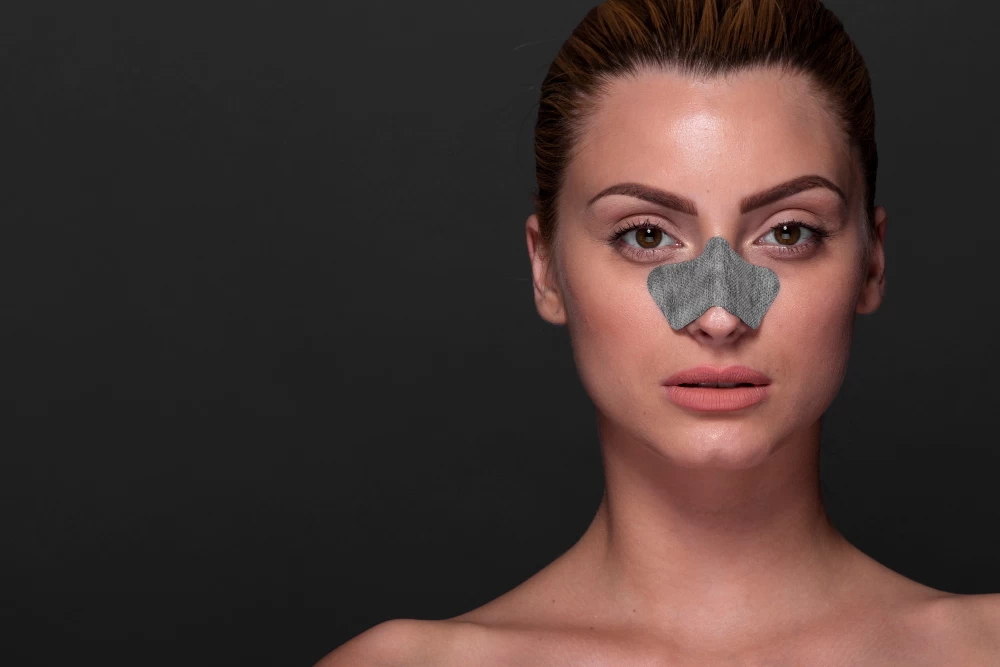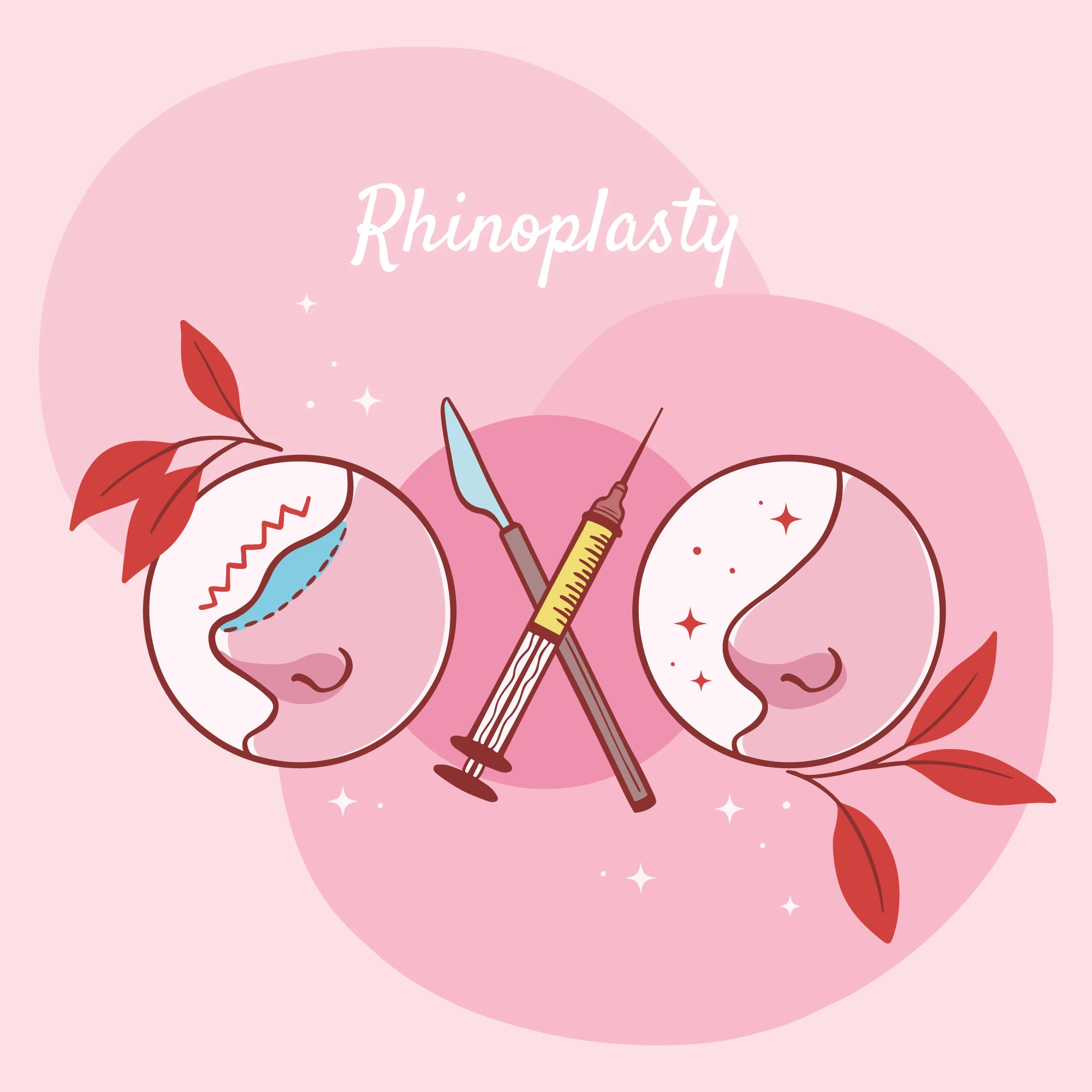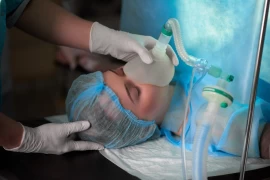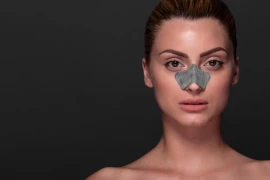
Rhinoplasty: What You Need to Know About Rhinoplasty
- Rhinoplasty: What You Need to Know About Rhinoplasty
- What is Rhinoplasty?
- What is the Purpose of Rhinoplasty?
- What are the Stages of Rhinoplasty?
- What is the Recovery Process After Aesthetic Nose Surgery?
- Are There Risks Associated with Aesthetic Rhinoplasty?
- In conclusion...
What is Rhinoplasty?
Rhinoplasty is a surgical procedure performed to correct or enhance the shape and appearance of the nose. It is a safe and effective method used to address a range of issues that affect nasal aesthetics. Rhinoplasty has the potential to restore facial balance, improve nasal functions, and enhance overall appearance.
The popularity of rhinoplasty has rapidly increased in recent years. Most individuals who opt for this surgery are those who are dissatisfied with the shape or size of their nose and wish to feel better about themselves. However, it is important to have some key information before making the decision for surgery.
What is the Purpose of Rhinoplasty?
Rhinoplasty is generally performed for two main purposes:
1. Aesthetic corrections: Aesthetic corrections aim to improve the shape and appearance of the nose. These corrections include reducing the size of the nose, correcting irregularities in the nasal tip or bridge, and achieving proportionality between the nose and the face.
2. Functional corrections: Functional corrections address issues that affect nasal breathing. Conditions such as nasal obstruction, deviated septum, or weak nasal valves can negatively impact nasal functions.
During rhinoplasty, these types of issues are also addressed, thereby providing both aesthetic and functional improvements.

What are the Stages of Rhinoplasty?
Rhinoplasty is a surgical procedure that involves a series of stages. Here are the general stages of rhinoplasty:
1. Consultation: The first step for rhinoplasty is to consult with an ENT specialist. During this stage, you can share your surgical goals, expectations, and concerns in detail with your doctor. Your doctor will evaluate your nasal structure, determine the suitability of the surgery for you, and provide information about potential outcomes.
2. Surgical Planning: After the consultation process, you will plan the surgery with your doctor. You will discuss how to improve the shape and appearance of your nose and which techniques will be used. You will also review important points to consider before surgery, such as medications to use and the post-operative recovery process.
3. Surgery Process: Rhinoplasty is generally performed under general anesthesia. Depending on your doctor's preference, either internal or external incisions may be used. The nasal bone and cartilage tissue are shaped to achieve the desired shape and appearance of the nose. Functional corrections are also made, such as correcting the nasal septum and opening the airways.
4. Postoperative Recovery: After the surgery, you will be monitored for a while. Nasal packing or splints may be placed in the nose area. Mild swelling, bruising, and slight discomfort are normal in the first few days. It is important to follow your doctor's recommendations during the recovery process. You should carefully follow instructions regarding medication, wound care, and rest. Swelling and bruising will gradually diminish, and you will generally be able to return to your social life within a few weeks.
5. Evaluation of Results: Results become apparent after the complete healing process. The shape and appearance of the nose improve according to the pre-surgery goals. There may be a follow-up plan with your doctor to monitor your progress and evaluate the results.
These are generally the stages of rhinoplasty. However, the preoperative assessment and planning process may vary for each patient. Your doctor will provide you with more specific information about the surgery process.
What is the Recovery Process After Aesthetic Nose Surgery?
Recovery Process After Rhinoplasty: The recovery process after aesthetic rhinoplasty can vary for each patient. However, it generally includes the following stages:
1. Immediate Postoperative Period: You may be kept under observation for a few hours after the surgery. Nasal packing or splints may be placed in the nose area. Mild pain, swelling, and a feeling of nasal congestion are normal in the first few hours. It is important to rest and keep your head elevated during the initial days after surgery.
2. First Week: Swelling, bruising, and nasal congestion may continue for the first few days. During this time, you should use the pain relievers and other medications recommended by your doctor. It is generally not recommended to return to work or daily routine activities within the first week.
3. First Month: After the first week, swelling and bruising start to diminish, but there may still be mild swelling and sensitivity in the nose area. Nasal packing and splints are usually removed during this period. Within the first month, the shape and appearance of the nose begin to improve, but you may need to wait longer for the final results.
4. First 3-6 Months: During this stage of the healing process, swelling and bruising significantly reduce. The tissues in the nasal area continue to heal, and the nose shape becomes more defined. Swelling inside the nose completely resolves, and nasal functions return to normal. It is important to have regular check-ups with your doctor during this period.
5. First Year: The healing process generally continues for about a year. During this time, the shape and appearance of the nose progressively improve, and fine details become more prominent. The contours of the nose take on the desired shape, and the results become more final.
It is important to fully follow your doctor's guidelines during the postoperative recovery process. Using the prescribed medications, maintaining proper wound care, and attending doctor appointments will support your healing process. If you experience any issues or complications, it is important to contact your doctor.
Keep in mind that the recovery process after aesthetic rhinoplasty can vary for each patient. The recovery timeline can vary depending on your individual body structure and the surgical technique used.
Are There Risks Associated with Aesthetic Rhinoplasty?
Like any surgical procedure, aesthetic rhinoplasty carries some risks. However, these risks are generally rare, and complications can be significantly minimized. It is important to discuss these risks and your expectations in detail with your surgeon before the surgery.
In conclusion...
Aesthetic rhinoplasty is an effective method to enhance the shape and appearance of the nose. If you are considering this surgery, it is important to consult with an experienced ENT specialist and clearly express all your expectations and concerns before the surgery. This way, a treatment plan tailored to your needs can be established, and you can achieve the desired results."





